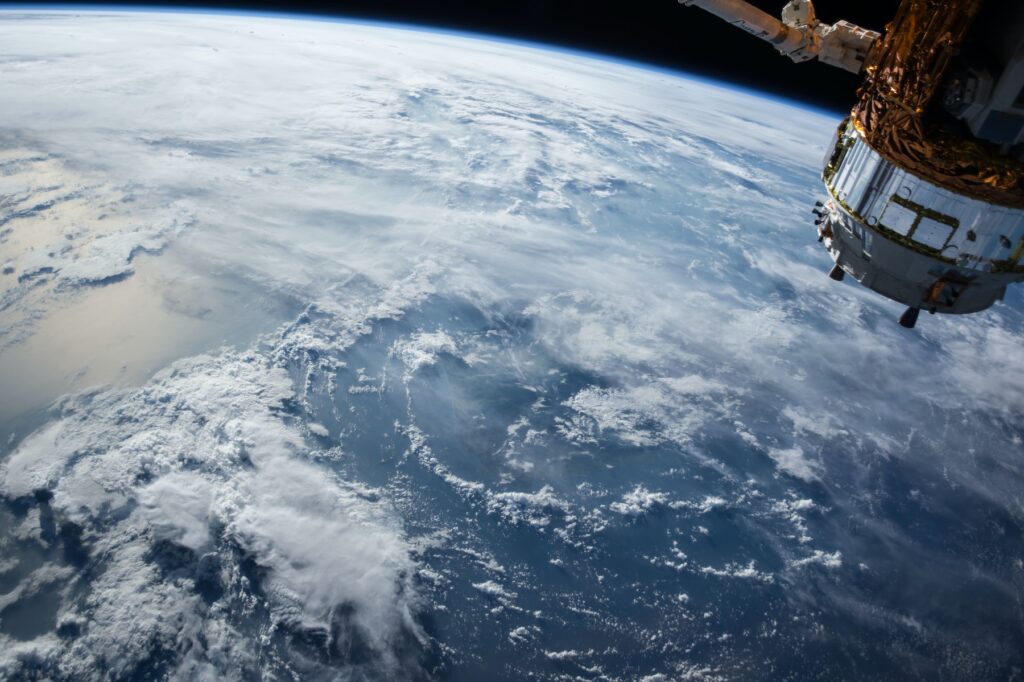Unraveling the Dance of El Niño in the Arctic

Guest Post from Hannah Reznik
In the intricate symphony of our planet’s climate, few phenomena have as much influence as El Niño. This natural climate cycle, originating in the tropical Pacific Ocean, may seem worlds away from the icy realms of the Arctic and Alaska. Yet, the effects of El Niño resonate far beyond its tropical birthplace, painting a vivid picture of interconnectedness across Earth’s diverse ecosystems.
El Niño—part of the El Niño-Southern Oscillation (ENSO) climate pattern—is a periodic warming of the equatorial Pacific Ocean. While it originates in the tropics, its reverberations extend worldwide. When El Niño arrives on the scene, it disrupts the usual atmospheric and oceanic patterns, setting off a chain reaction of climatic events.
El Niño’s reach extends to the Arctic Ocean, triggering a rise in sea surface temperatures which lead to Arctic ocean warming. This seemingly subtle change enacts profound consequences. As the ice in the Arctic Ocean melts at an accelerated pace, it alters the balance of this sensitive ecosystem, impacting polar bears, seals, and countless other species. This shrinking ice cover also contributes to rising sea levels, impacting coastlines worldwide.
The influence of El Niño stretches even further north, sparking wildfires in the Arctic. The disruption in weather patterns during El Niño years creates drier conditions, making the Arctic tundra more susceptible to fires. These blazes release not only vast amounts of greenhouse gases but also black carbon particles which accelerate the warming of the Arctic and amplify climate change.
One of the most alarming effects of El Niño on Alaska is the rapid thawing of permafrost. As temperatures rise, permafrost, which stores immense quantities of carbon, begins to melt. This process releases greenhouse gases into the atmosphere, intensifying global warming. Simultaneously, the melting permafrost contributes to the erosion of Alaskan shorelines, endangering homes, infrastructure, and the livelihoods of indigenous communities.
The story of El Niño is one of interconnectedness and far-reaching consequences. It reminds us that all of the threads of Earth’s climate are woven together, no matter how distant they may seem. The Arctic and Alaska, with their unique ecosystems and cultures, bear the brunt of El Niño’s impact, from ocean warming and wildfires to permafrost thaw and shoreline erosion. By addressing the complex web of environmental challenges that El Niño unveils, we can work toward a sustainable future that preserves the beauty and resilience of our planet.
